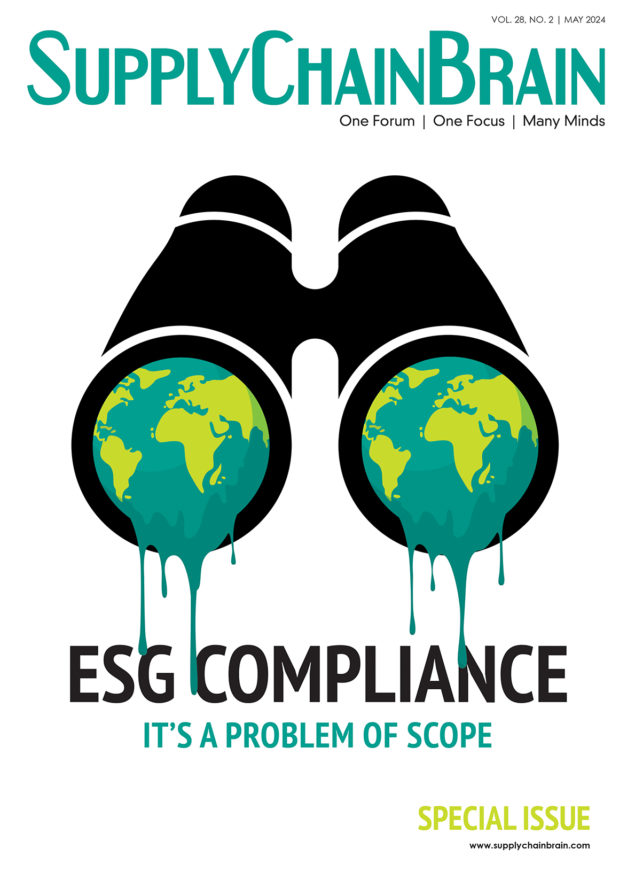It’s been 10 years since the United Nations Global Compact pulled together several strands of corporate obligation and wove them into a concept it dubbed ESG: environmental, social and governance. You have to wonder whether the members of that coalition in support of universal sustainability and human rights principles fully understood the scope (more about that word in a moment) of what they were proposing.
ESG: It’s a massively inclusive mandate, touching on the impact of global business on the environment; the treatment of workers in factories, farms and mines worldwide, and ethical practices within organizations. It should come as no surprise, therefore, that most businesses today are far from meeting ever-tougher ESG standards and strictures.
The burden is especially heavy on small to medium-sized enterprises. According to the latest SME Climate Hub survey, they’re facing an 11% increase in pressure from shareholders, investors and customers to take action on climate. But the degree of that pressure is questionable. Sixty-three percent of respondents said they haven’t been asked by stakeholders to reduce GHG emissions. And eighty-four percent said they hadn’t been offered any financial incentives for doing so.
That last point is important. Businesses need to pursue ESG goals because, to put it simply, it’s the right thing to do. But we can’t forget that they are, after all, businesses, with the need to operate at a profit. And ESG compliance comes at a cost. Small farmers, in particular, aren’t going to invest in “green” measures that could result in lower crop yields, without some amount of compensation from their buyers.
That said, no business large or small can take meaningful action on emissions reductions unless it can measure them accurately in the first place. And here we come to the “scope” issue. In 2001, the Greenhouse Gas Protocol laid out three levels of GHG emissions to be monitored by companies and their extended supply chains. Scope 1 covers their own direct emissions; Scope 2 comes from purchases of electricity and other types of energy, and Scope 3 are those emissions generated by independent supply chain partners — manufacturers, transportation providers and the like — over which the buyer of services has no direct control.
Naturally, Scope 3 emissions are the hardest to identify and quantify, given the complexity of multi-partner, multi-tier supply chains. How exactly do you get all of those entities on board with regular and transparent emissions reporting in a standardized fashion? That’s the big question that emerges in this, our annual issue of SupplyChainBrain devoted to all things ESG. Here you’ll find a treasure trove of insight and advice about the ins and outs of ESG compliance. We learn how far we’ve come, where we are, and where we need to go.
The answers to those questions, at this point at least, aren’t especially encouraging. When it comes to “social sustainability” — a fancy way of describing human rights — much of the corporate world is “still unprepared” for the regulations and legislation that they’ll be encountering in a very short time, according to the 2024 ESG Report from S-RM, a global intelligence and cybersecurity consultancy. So there’s a lot of work yet to be done, before businesses and supply chains can comfortably say that they’re making real progress on all aspects of ESG. In the meantime, read on to see what our experts have to say.
All content copyright ©2024 Keller International Publishing Corp All rights reserved. No reproduction, transmission or display is permitted without the written permissions of Keller International Publishing Corp
